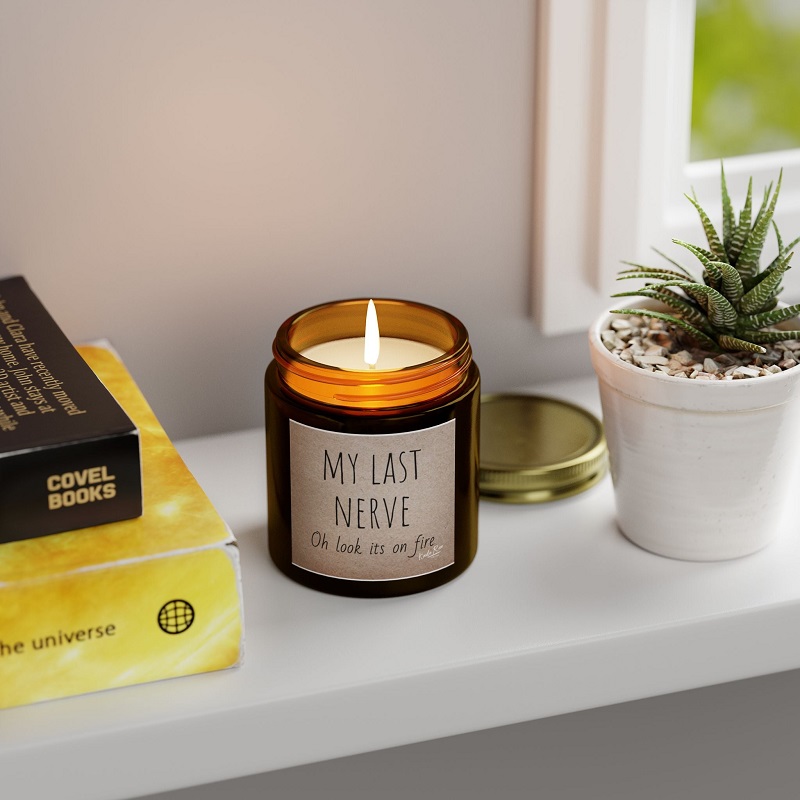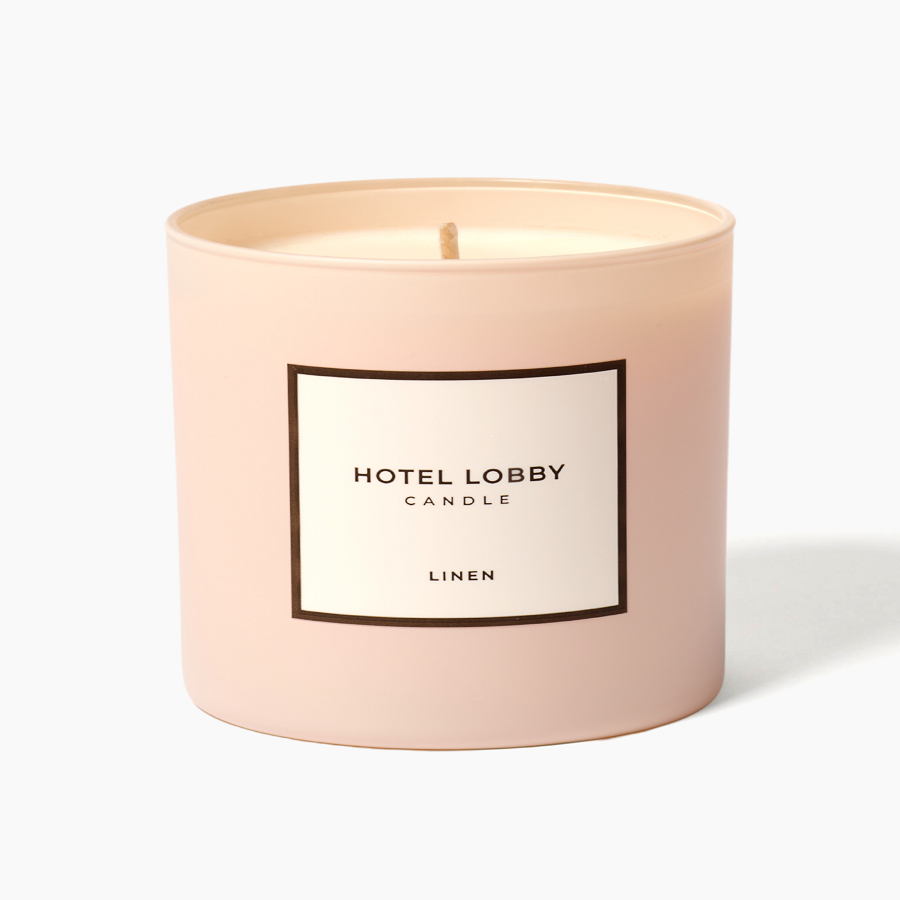Understanding Candle Lifespan Fundamentals
When diving into the world of candles, understanding their lifespan is key. Various factors can determine how long your candle will last without being lit. From the type of wax to storage conditions, every aspect plays a role in your candle’s longevity. Knowing these can help you choose the right candles for your needs and keep them in the best shape for future use.
Factors Influencing Candle Longevity
Many elements can affect how long your candles stay fresh and usable. The wax composition, wick type, and even how you burn the candle can make a big difference. For example, exposure to direct sunlight or high temperatures can shorten a candle’s life. Even the fragrance oils in scented candles may break down over time if not stored properly.
Types of Wax and Their Impact on Durability
Not all candles are created equal. Different waxes have distinct properties that impact how long a candle can last. Soy and beeswax, for example, are natural options that may have shorter lifespans compared to paraffin wax. However, they are usually cleaner-burning and eco-friendlier. Understanding these differences can help you make informed decisions about which candles to buy and how to care for them to maximize their lifespans.

Recognizing the Signs of Candle Expiration
As a candle connoisseur, knowing when a candle is past its prime is crucial. There are distinct signs indicating that a candle may not offer the same sensory experience as it did when it was new. Let’s explore the signs of candle expiration and understand how to assess the usability of your cherished candles.
Scent Degradation Over Time
Over time, even when not lit, candles can lose their fragrance. This process is scent degradation. If your candle doesn’t smell as strong when you sniff it, it’s likely losing its scent. For a fuller aroma, burning candles soon after purchase is advisable.
Color Fading and How It Occurs
A candle’s vibrant color can fade. Exposure to UV light from the sun or indoor lights can cause this. Colors in candle wax may decay, especially when the candle sits in a well-lit area. To keep your candle’s color bright, store it away from direct light.
Determining If a Candle Is Too Old to Use
Old candles may not light as easily or burn as expected. If the wick is hard to light or if the candle doesn’t stay lit, it might be too old. While candles don’t have a strict expiration date, their burn quality can diminish over time. For best results, follow the usage and storage tips outlined in prior sections of this blog.
Proper Candle Care to Extend Burn Time
Proper care can make your candles last longer. Let’s talk about maintaining the wick, storing candles right, and getting the most out of them.
The Importance of Wick Maintenance
A well-maintained wick is key for long candle life. Trim the wick to 1/4 inch before lighting. This prevents large flames and fast burns. Snip off any ‘mushrooming’ on the wick.
Optimal Conditions for Candle Storage
Store candles in a cool, dark place. Avoid direct sunlight and heat sources. This stops wax from melting and colors from fading. Keep them away from damp areas too.
Tips for Prolonged Usage and Enjoyment
To enjoy candles longer, follow these tips. Burn them for no more than four hours at a time. Let them cool before lighting again. Keep the wax pool clear of debris. Doing this helps you get the most out of your candles.

Best Practices for Burning Candles Safely
To burn candles safely, follow these key tips.
Key Safety Precautions
Never leave a burning candle unattended. Always place candles on a stable, heat-resistant surface away from drafts. Keep candles out of reach of children and pets. Avoid placing candles near flammable objects like curtains or books. Trim the wick to a quarter inch before each use to prevent large flames.
Ideal Burn Time for Different Candle Types
For tealights and votives, burn no more than 4 hours. Large jar and pillar candles can burn up to 6 hours. Always read the label for specific candle burn times. Burning too long can cause excess heat and potential hazards.
Guidelines for Extinguishing Candles
Use a candle snuffer to prevent wax splatter and reduce smoke. Allow the candle to cool before touching or moving it. Never use water to extinguish a candle as it can cause hot wax to splatter. If needed, gently blow out the flame by holding your breath about 8 inches from the candle.
Troubleshooting Common Candle Issues
Experiencing issues with your candles can be frustrating. Let’s tackle two common problems: uneven burning and smoke production.
Resolving Uneven Burning and Tunneling
Uneven burning, or tunneling, happens when only the center of the candle melts. To avoid this, ensure the whole top layer of wax melts during the first burn. Trim the wick to about 1/4 inch before every use. If tunneling occurs, gently fold the soft wax towards the wick.
Dealing With Smoke and Soot Production
Smoke and soot can be a sign of trouble. If your candle is smoking, trim the wick and check for drafts. Move your candle to a less breezy spot. Use a snuffer to extinguish flames cleanly, reducing soot. For best results, be sure to keep candles clean and trim wicks regularly.
The ‘When’ of Candle Usage
Candle lighting can enhance various moments in life. In this section, we’ll share insights on when to use candles for the best outcome and how long to keep them burning for an optimal experience.
Best Times to Use Candles for Maximum Effect
Certain occasions call for the warm glow of a candle. Here are some perfect moments:
- During a Relaxing Bath: Light a candle to unwind in the tub.
- While Reading: A candle’s soft light can add to the coziness of a reading nook.
- Intimate Dinners: Create a romantic atmosphere at mealtime.
- Power Outages: Candles can be a practical light source when the power is down.
- Meditation or Yoga: Enhance focus and relaxation during your practices.
- Hosting Guests: Welcome friends with a friendly and comforting aura.
For achieving the best aromatic lift, use the candle in a contained space. Remember, to get the full fragrance, burn it in a room where the door can be closed to trap the scent.

How Long to Keep a Candle Burning
The burn time of a candle can impact its overall lifespan. Here’s a quick guide:
- Smaller Candles (Tealights, Votives): Limit to 1-2 hours of burn time.
- Larger Candles (Jar, Pillar): Can be burned for 2-4 hours, but not over 4 to prevent excess heat.
It’s essential to avoid burning any candle for too long in one session. Doing so maintains its structure and scent potency. By following these suggestions for candle usage and burn time, you’ll enjoy the ambiance and fragrance of your candles safely and effectively.
Enhancing Candle Usage
While the right moments for using candles are crucial, the ambiance they create can be amplified by pairing them with other elements. Here are a few suggestions to enhance your candle experience:
- Pair with Music: Create a serene atmosphere by playing soft music. This can elevate the mood, whether you’re relaxing in the bath or having an intimate dinner.
- Complement with Scents: If you’re using scented candles, consider pairing them with complementary scents in the room (like essential oils or incense) to create a layered fragrance experience.
- Set the Scene: Use decorative candle holders or arrange multiple candles of varying heights to create visual interest and enhance the overall aesthetic of your space.
- Mindful Lighting: Take a moment to appreciate the flicker of the flame and the aroma it releases. This mindfulness can enhance relaxation during practices like yoga or meditation.
Safety Tips for Candle Usage
While candles can create a lovely atmosphere, safety is paramount. Here are some essential safety tips to keep in mind:
- Never Leave Unattended: Always extinguish candles before leaving the room or going to sleep.
- Keep Away from Flammables: Position candles away from anything that could catch fire, such as curtains, paper, or other decorations.
- Use a Stable Base: Ensure candles are on a stable, heat-resistant surface to prevent tipping.
- Trim the Wicks: Keep wick lengths trimmed to about 1/4 inch to promote even burning and minimize soot.
- Avoid Drafts: Place candles in areas free from drafts to prevent uneven burning and reduce the risk of the flame catching on nearby objects.


